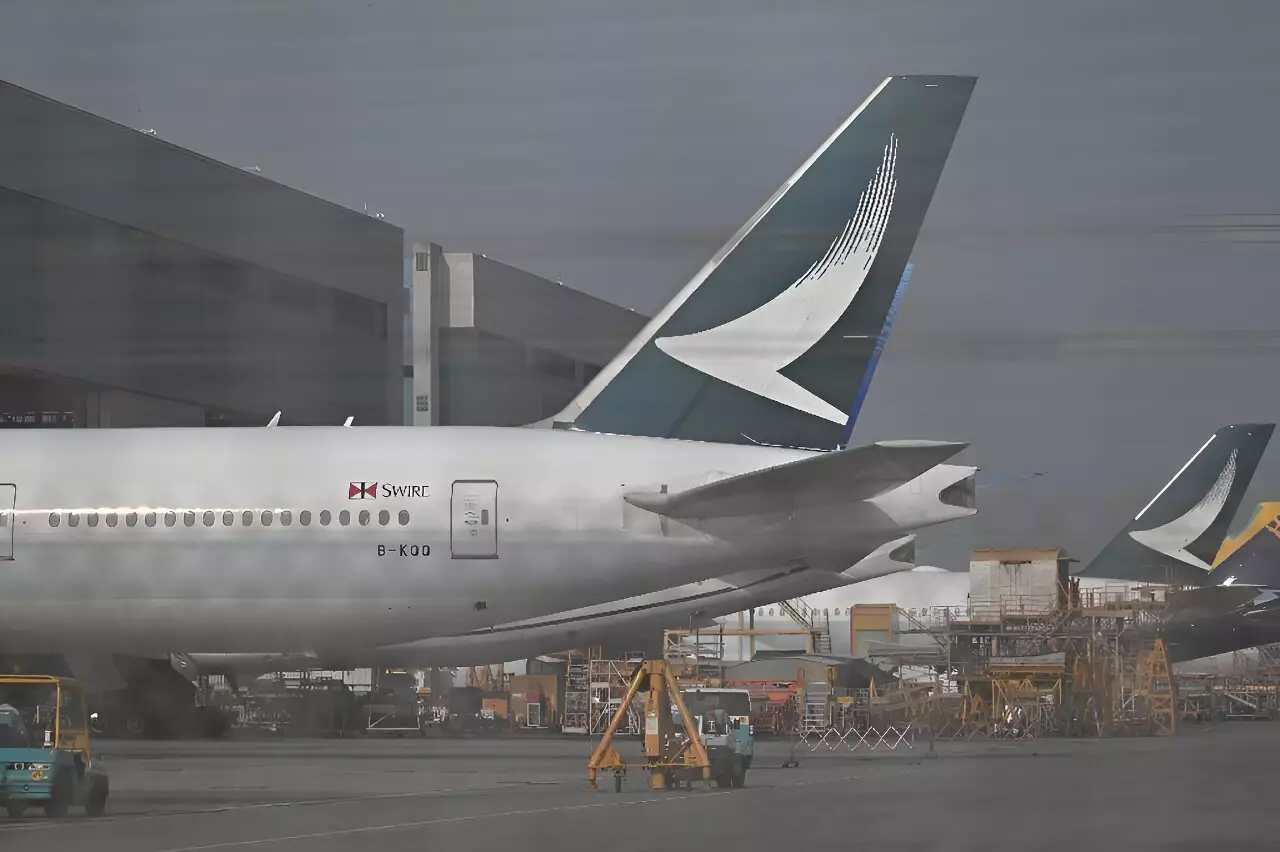The recent engine fire incident involving a Cathay Pacific flight has raised serious concerns about the safety of Airbus A350 wide-body jets. The European Union Aviation Safety Agency (EASA) has mandated inspections of the affected aircraft, specifically the A350-1000 models powered by XWB-97 engines. The incident, which led to the grounding of 48 planes for checks, was attributed to a high-pressure fuel hose failing, resulting in an in-flight engine fire shortly after take-off.
In response to the engine fire incident, EASA issued an emergency directive requiring inspections of A350-1000s powered by XWB-97 engines. The directive applies to European airlines operating the aircraft, and the inspections are to be carried out over the next 3-30 days. The aim of these inspections is to check for any damage to fuel hose connections inside the engines, as a precautionary measure to prevent any further incidents.
Rolls-Royce, the manufacturer of the engines on Cathay’s A350s, has initiated a one-time engine inspection program in response to the incident. The company is closely cooperating with the EU agency and has informed airlines that only A350-1000s powered by XWB-97 engines are affected by the problem. The inspections are crucial to ensuring the safety and reliability of the aircraft in operation.
The engine fire incident has prompted airlines in the region to conduct similar checks on their A350-900 and A350-1000 models. While the safety concerns have caused disruptions to operations, airlines are prioritizing the safety of passengers and crew. Airbus, the manufacturer of the A350 aircraft, has faced scrutiny over the incident and is working closely with regulators and airlines to address the safety issues.
The Airbus A350 is a significant aircraft in Airbus’s fleet, with more than 1,300 orders to date. The A350-1000, the largest version of the aircraft, has a capacity to carry nearly 500 passengers and has an impressive range of over 16,000 kilometers. However, the recent safety concerns highlight the importance of proactive maintenance and inspection programs to ensure the continued safety and reliability of the A350 fleet.
The engine fire incident involving the Airbus A350 has raised critical safety concerns that need to be addressed promptly. The collaboration between airlines, engine manufacturers, and aviation safety agencies is crucial in ensuring the airworthiness of the A350 fleet. It is imperative that these safety issues are thoroughly investigated and resolved to maintain the trust and confidence of passengers in one of Airbus’s flagship aircraft models.


Leave a Reply